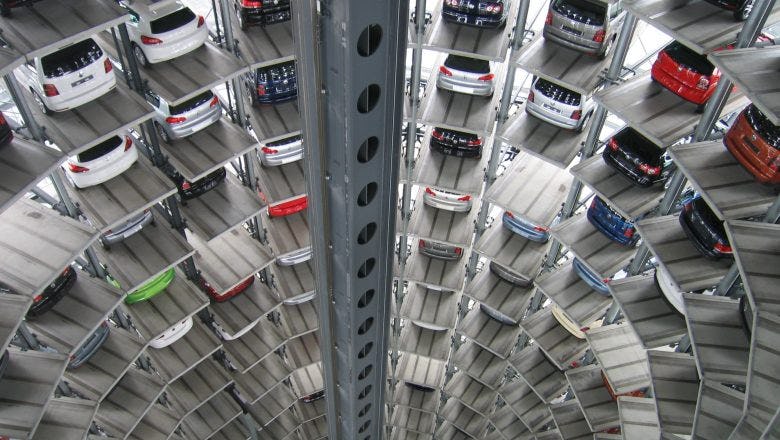
The rise of Smart Cities on a global level is omnipresent. Countries all over the globe are investing in digital innovations to stay ahead of the curve. Smart cities are the connection of digital innovations and urbanisation.
Investing in Smart Cities
India recently reserved $15 billion in the realisation of 100 smart cities by 2020. The European Commission have invested in the research plan Horizon that wants to make improvements and innovations in energy, transport and IT. In the US, The American Department of Transport has pledged up to $40 million to the city of Columbus, Ohio to define what it means to be a Smart City and for it to become the country’s first city to fully integrate innovative technologies – self-driving cars, connected vehicles, and smart sensors – into their transportation network.
The Challenges
With governments investing in digital innovations to create Smart Cities and welcoming these changes, the biggest challenge is actually; is the general public ready for the next steps? Are people willing to embrace self-driving electric cars and busses? Electric cars are no longer a thing of the future, but what about a car that can park itself? Or traffic lights that become obsolete because traffic will be regulated by sensors that send messages to the vehicles directly, making them stop or go?
The future is now
Most of these innovations are not a thing of the future in a galaxy far, far away, but are actually things that are already possible.
The use of 3D-printing will be used in a much larger scale, the first 3D houses have already been printed in China. Living in a 3D printed house is something that many of us cannot fathom yet, but know that the future is now. Better be ready to embrace it.
Share this article
 Read now The Fantastic Floor: Creative Collaborations
Read now The Fantastic Floor: Creative Collaborations
 Read now How your habits get in the way of your productivity
Read now How your habits get in the way of your productivity